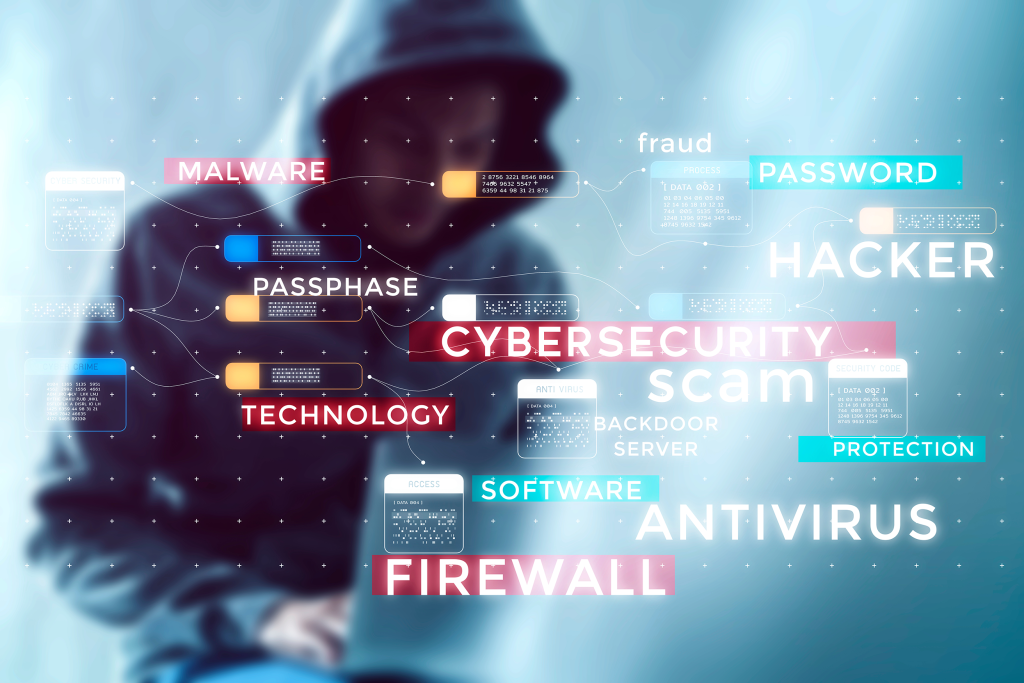As we traverse the intricate cybersecurity landscape, let’s ensure our trust in tools is well-balanced with a strong foundation of human expertise.

One of my all-time favorite films is 1999’s “The Mummy”. There’s a memorable scene where the character Beni, finding himself in peril, frantically brandishes a slew of religious medallions, each associated with a different deity, and recites a few canned prayers, hoping one might spare him from the looming threat. This desperate act of reaching for protective talismans in times of danger draws a parallel to the modern digital landscape, where the specter of cyber-attacks sends organizations scurrying for the latest security products. Much like Beni’s medallions, these modern-day talismans promise a shield against unseen, often misunderstood, digital evils.
The allure of possessing a magical safeguard, a talisman that can ward off the ominous unknown, is age-old and deeply ingrained. In our digital realm, this allure manifests in the procurement of cutting-edge security products. They are our modern-day medallions, deployed to guard against the nefarious forces lurking in the cyber shadows. Yet, often, these security talismans serve more as tokens of assurance than robust safeguards.
The faith placed in these security products is understandable. They are designed to provide a bulwark against the myriad cyber threats that loom large. However, this assurance often fosters a false sense of security. The bitter truth is, the potency of any security tool is critically tethered to its proper maintenance and utilization—something that tends to get overshadowed in the daily rigmarole.
Many organizations, seduced by the peace of mind these security talismans offer, fail to invest in the necessary upkeep. Software gets outdated, configurations grow misaligned with evolving threat landscapes, and monitoring systems pile up alerts that go unheeded. The result? A facade of safety behind which vulnerabilities fester and multiply.
Moreover, the proliferation of security tools can lead to a dangerous over-reliance on automated defenses. While these tools play a crucial role, they are not a substitute for a culture of security awareness and proactive risk management. The human element – our ability to think critically and respond swiftly to emerging threats – remains an indispensable part of the security equation.
“The human element – our ability to think critically and respond swiftly to emerging threats – remains an indispensable part of the security equation.”
As we navigate through the complex cybersecurity landscape, let’s ensure our trust in tools is well-balanced with a strong foundation of human expertise. The next time we are enticed by the latest security gadgetry, let’s also prioritize investing in training, awareness programs, and experienced cybersecurity personnel. This balanced approach will transform our security posture from merely having symbolic talismans to possessing a robust, responsive fortress ready to mitigate the evolving cyber threats. Our call to action is clear: Invest in humans, the real guardians of our digital realms, to ensure that our security measures are not just talismans, but truly protective shields in the face of adversity.
In the ever-evolving domain of cybersecurity, navigating and optimizing the security stack can be a daunting task. If your organization seeks guidance in bolstering its defense mechanisms or needs a seasoned hand in managing the security stack, we are here to assist. Our experienced team at Keller Schroeder is adept at tailoring security solutions to meet the unique challenges your enterprise faces. Reach out to us, and together, let’s transform your security stack from a collection of modern talismans to a fortified, dynamic bastion against cyber threats. Your peace of mind in the digital realm is just a conversation away.
Written By:

Aaron Wilks
Senior Information Security Consultant, Infrastructure Solutions
Infrastructure Solutions Group
If you need any assistance with understanding the details within the advisory, understanding your current cybersecurity posture, your preparedness for a breach, or any other cybersecurity topic, we would love to have a discussion with you. Contact us today, and let’s chat about your environment and ways to lower your chances of becoming a victim of cybercrime.





